Venue: Wanlin Art Museum
(Ave Keji ,
Wuhan University, No. 299 Rd Bayi , Wuchang Dist., Wuhan, Hubei Province)
General Planner(s): Chen Dongsheng, Li Xiaohong
Taking advantage of Taikang Life’s rich collection of modern and contemporary artworks in China, the exhibition can be viewed as efforts to highlight the development of art media over the century. Fusion, originally referring to “nuclear fusion”, means a nuclear reaction in which two atomic nuclei, both highly charged but mutually exclusive, collide and lose mass while fusing, but give off great energy to form new atomic nuclei. This fundamental reaction that takes place in the domain of natural sciences also shed light on the development of culture and art in social sciences. The two routes in modern and contemporary art in China, i.e., what the government expects of art and artists’ exploration of the ontology of art, the encounter between two genes, i.e., Chinese culture and Western culture, the countless necessities and contingencies brought by collision between the changing era and the individual-all contribute to the fusion in modern and contemporary art in China, offering us a landscape of art.
Fusion: Modern and Contemporary Art in China
since 1930s, at which over 70 pieces (series) will be presented, will give
prominence to the humanistic clue as well as emphasize the development of different art media in China over decades. The exhibition comprises three gener according to three type of media employed by artworks in the exhibition, which are painting, photography and new media. From this prespective, the
exhibition tries to reveal what the artists think about the language in art and
about art media. In the meanwhile, as the museum’s opening exhibition, Fusion, juxtaposing art productions in several decades and across several media, is expected to help the audience to discover “what was
on the artists’ mind” when they tried to free themselves of the constraint of
their times, and “what they were actually doing” when constrained by their
times, so as to reconstruct the actuality of art in each period and to
reconnect the nodes in the process of fusion in modern and contemporary art in
China.

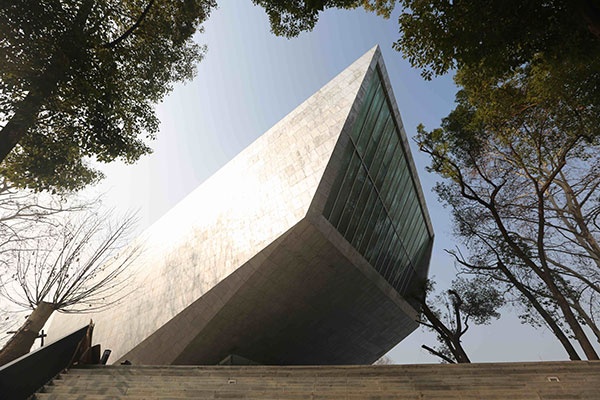 Wanlin Art Museum
Wanlin Art Museum Installation View
Installation View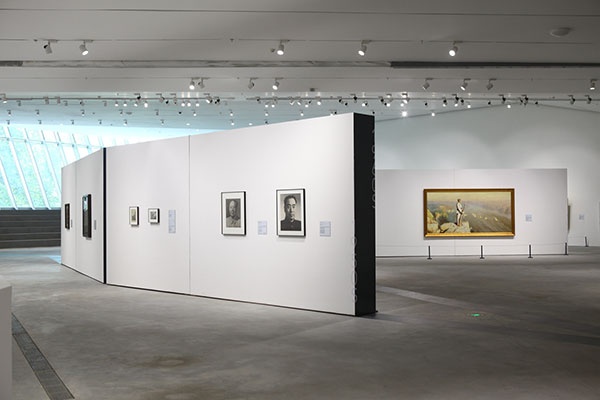 Installation View
Installation View Installation View
Installation View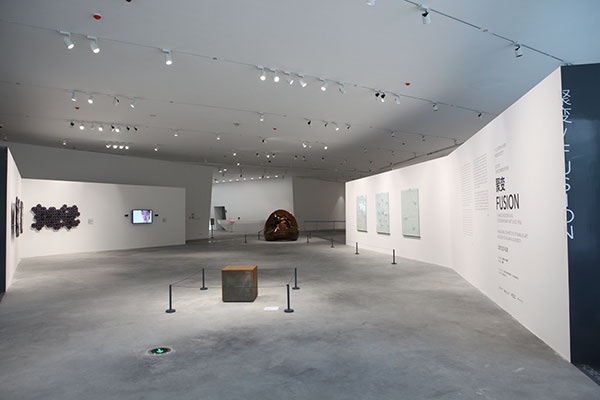 Installation View
Installation View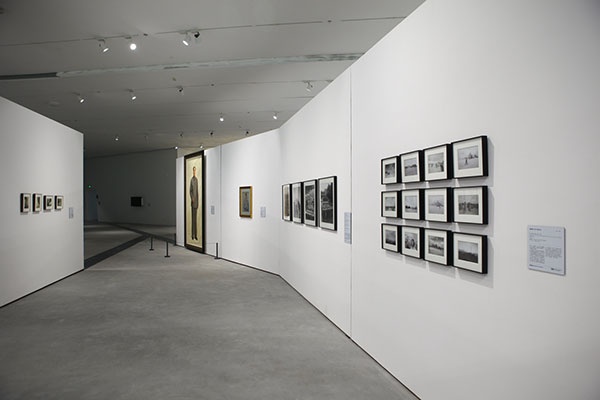 Installation View
Installation View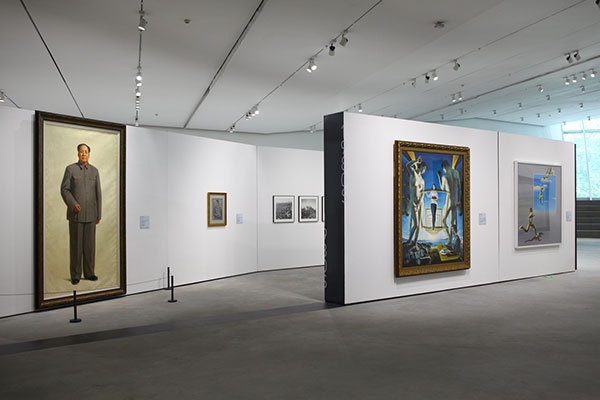 Installation View
Installation View





